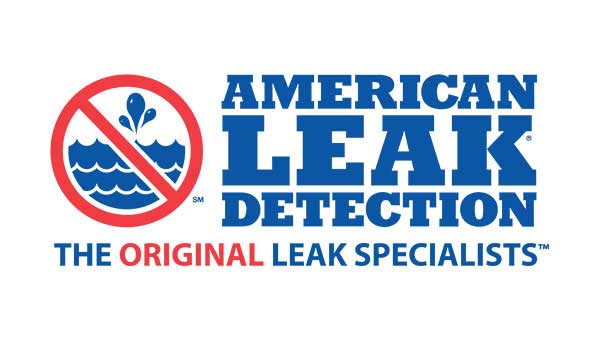Hi Rich,
Thanks for the replies.
I think maybe I've stabilized at the leak level. The loss of water has slowed to maybe 1" a day now. Is that just evaporation? I don't know but it ran fast to about 4.7' of water below coping and has slowed. After several days, I'm at 5.1' below coping. That's a tough depth to dig.
I disconnected my suction piping today at the pump and tried to use my endoscopic camera down and was reminded that it does a big z relatively shallow. That limits my ability to camera it. I'll try again with an electrician's fish.
I did camera my skimmer basket drop pipe (runs 10' down to the main drain pipe, not my first choice for design). It looks intact and the water level is more or less the same as the pool (as you'd expect).
I can't see or reach the relief valve but I did some palpating with a pole and didn't feel anything amiss. I guess I'll pump it dry, inspect the hydrostatic relief valve, and I don't know...
Thinking out loud here. I need to know where the leak is and there are 4 possibilities:
1. skimmer drop pipe
2. main drain lateral
3. suction side pipe after skimmer joins the main drain lateral
4. hydrostatic relief valve
5. shell
Correlated inspection options:
1. Skimmer pipe: Loosely inspected with a camera already
2. Main drain lateral: Not likely as it is at 10' depth. Can loosely inspect this with a camera if the pool is empty - I inspected it last year
3. Suction piping: I probably would need to expose (modest dig, possibly some outer edge shell jacking) the top lateral to drop a camera down this pipe.
4. HRV: Can physically inspect if empty, could cap and refill
5. Shell: can inspect if the pool is empty. I don't really suspect the shell.
Solutions:
1. Deep dig
2. Very deep dig
3. Deep dig
4. Cap
5. Depends on the size.
Digging is unfortunately a headache due to space constraints and equipment access. The trees don't help either.
It seems like draining, capping the HRV, and refilling is a good next step. I can inspect and camera some stuff.
I'm assuming it can't be on the pressure side as my returns are very high in the pool.
I sure wish I had 2" piping and sweep elbows everywhere. It's hard to camera 1.5" standard 90s.
Thanks for the replies.
I think maybe I've stabilized at the leak level. The loss of water has slowed to maybe 1" a day now. Is that just evaporation? I don't know but it ran fast to about 4.7' of water below coping and has slowed. After several days, I'm at 5.1' below coping. That's a tough depth to dig.
I disconnected my suction piping today at the pump and tried to use my endoscopic camera down and was reminded that it does a big z relatively shallow. That limits my ability to camera it. I'll try again with an electrician's fish.
I did camera my skimmer basket drop pipe (runs 10' down to the main drain pipe, not my first choice for design). It looks intact and the water level is more or less the same as the pool (as you'd expect).
I can't see or reach the relief valve but I did some palpating with a pole and didn't feel anything amiss. I guess I'll pump it dry, inspect the hydrostatic relief valve, and I don't know...
Thinking out loud here. I need to know where the leak is and there are 4 possibilities:
1. skimmer drop pipe
2. main drain lateral
3. suction side pipe after skimmer joins the main drain lateral
4. hydrostatic relief valve
5. shell
Correlated inspection options:
1. Skimmer pipe: Loosely inspected with a camera already
2. Main drain lateral: Not likely as it is at 10' depth. Can loosely inspect this with a camera if the pool is empty - I inspected it last year
3. Suction piping: I probably would need to expose (modest dig, possibly some outer edge shell jacking) the top lateral to drop a camera down this pipe.
4. HRV: Can physically inspect if empty, could cap and refill
5. Shell: can inspect if the pool is empty. I don't really suspect the shell.
Solutions:
1. Deep dig
2. Very deep dig
3. Deep dig
4. Cap
5. Depends on the size.
Digging is unfortunately a headache due to space constraints and equipment access. The trees don't help either.
It seems like draining, capping the HRV, and refilling is a good next step. I can inspect and camera some stuff.
I'm assuming it can't be on the pressure side as my returns are very high in the pool.
I sure wish I had 2" piping and sweep elbows everywhere. It's hard to camera 1.5" standard 90s.


